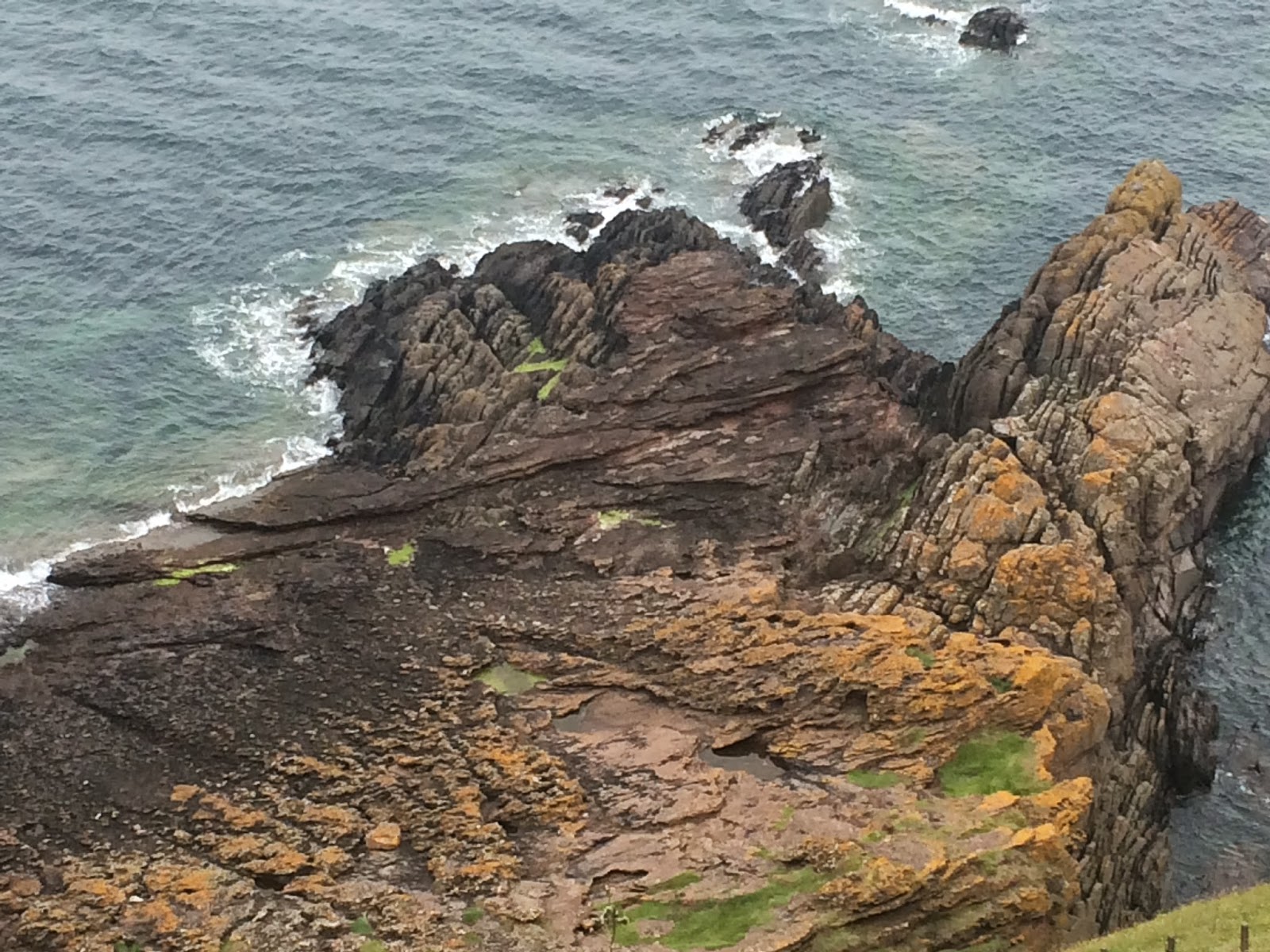“I'm looking for someone to share in an adventure, and it's
very difficult to find anyone.”
“I should think so, in these parts. We're plain, quiet folk
and have no use for adventures. Nasty, disturbing, uncomfortable things, they
make you late for dinner.”
Returning home after the trip was almost surreal. It took
about a week for my life to settle down, but when it finally did and I had the
opportunity to sit down with a friend and let my mind relax for awhile, we
decided to have a three day run of the Lord of the Rings movies, which he had
never seen. I had the chance to think through the events of the last couple months. If anything, I think the above quote from the Hobbit describes my
life before the trip.
I grew up in a suburb, doing my fair share of city traveling, making trips around the States with my family, but starting
college, I’d hoped for the opportunity to study abroad. I didn’t know where or
when, but I’d looked at programs as a freshman, hoping that somehow I could fit
one into my schedule. For the first two years of school, that seemed
impossible. I was told about the Scotland trip almost by accident, and I
started looking into it on a whim.
My parents weren’t particularly fond of my desire for
international travel experience, but I eventually won them over. It took time,
but it worked. Looking back now, I was nervous, but at the time I did my best
to hide it. Telling my parents I was worried wasn’t going to get me anywhere.
I can say today, without a doubt, that it was one of the
best decisions of my life. Not only did I come away from the trip with
international travel experience and a better idea of where I would like my
future career path to take me, but also with a sense of mental and physical
strength. Life has its twists and turns, and I’ve made it through many of late
that I doubt I would have had the mental fortitude to handle before the trip.
As far as career direction goes, though I’ve always wanted
to do something that would have a positive impact on others, I don’t think as
many of the options were apparent to me until this trip. Medical writing,
though perhaps not the most entertaining work to many people, has always held
an appeal to me. Work with a medical technology company would be interesting and
almost certainly fulfilling. There are
so many companies these days that work with teams around the globe, and I’ve
always hoped I would end up working with a project that has a global element.
The idea of improving lives on a global scale appeals more than ever, and the
trip is no small part of that change.
However, my experiences also opened my eyes to small-scale
work and the impact it can have. There isn’t a need to work for a massive
corporation in order to impact other people’s lives. Before, I wanted to have a
global impact. I wanted to make a change in the world, but remained blind to a
number of issues in my own life.
The trip made it obvious: if you want to make a change, you
have to start with the problems at home.
By no means does that mean that I’m not interested in a
career in global communication, merely that if you want to fix something, you
have to start small. You have to understand the roots of the problems through
communication with a number of people, the more perspectives the better. I
began to realize that making a difference or impacting someone else’s life
didn’t have to be done on a massive world-altering scale. Small things, such as
the nurse who took the time to explain some of the complexities of the NHS
while riding the train or the man I ran into on the waterfront that talked with
me about American politics, can make all the difference. Spreading knowledge
and information doesn’t have to be on a massive scale to impact the world.
And you know what? That means it’s time for another Tolkien
quote:
“Even the smallest person can change the course of history.”
Maybe in this case, it will be small actions that have a
large impact. Only time will tell.
On a concluding note: I am eternally grateful to the people that encouraged me to
go on the trip as well as the people that made it possible for me to go. Though
it may not be apparent just yet and it may take some time for me to find my
path, they have made all the difference in the world. It may not seem like
much, but it was the chance of a lifetime.













 Without doing a lot more research, I can't say who was really more regarded then vs now, exactly. But simply the idea that Charles has come to overshadow the female artists he worked with brought to mind a headline I noticed weeks ago:
Without doing a lot more research, I can't say who was really more regarded then vs now, exactly. But simply the idea that Charles has come to overshadow the female artists he worked with brought to mind a headline I noticed weeks ago: 
















